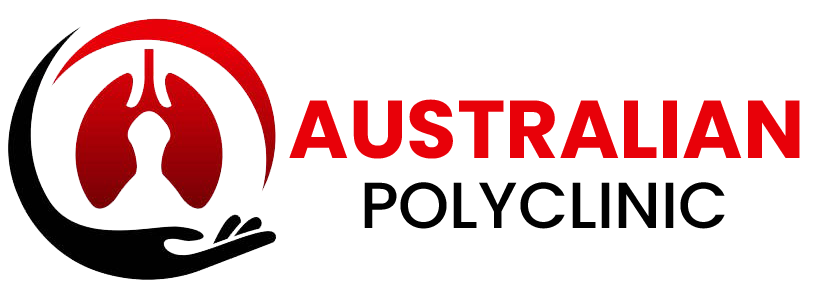Vocal cord dysfunction is a functional disorder of vocal cords associated with variable spasm of vocal cords, causing difficulty in inhalation primarily. It is associated with persistent urge of cough, globus and breathlessness. It is also called inducible laryngeal obstruction, paradoxical vocal cord movement or upper airway dysfunction.
Symptoms and signs:
The symptoms of vocal cord dysfunctions are variable and include
- Breathlessness especially difficulty breathing in
- Feeling a lump in throat (globus)
- Constant urge to clear throat
- Harsh breathing sound/stridor (sounds on breathing air in)
- Voice changes
- Hoarseness of voice
- Constant urge to cough
- Tightness in throat
- Upper chest tightness
- Wheezing
- Occasional chest pain
Patients may also have associated other diseases like reflux disease, hay fever symptoms and asthmaand those symptoms may be also present. Vocal cord dysfunction significantly associated with asthma
Cause of vocal cord dysfunction:
The exact cause of vocal cord dysfunction is not known. Some people are more predisposed to get such symptoms and thereare certain predisposing factors which can make it worse.
Prevalence:
This disorder is more common in women than men, aged 20 to 40 years old.
It is most commonly misdiagnosed as asthma.
Aggravating factors
- Exercise
- Inhalation of irritants including perfumes
- Viral throat infections
- Gastroesophageal reflux disease
- Stress,anxietyand panic attacks
- Some medications
Diagnosis:
The diagnosis of vocal cord dysfunction requires clinical assessment of symptoms, and breathing tests (spirometry with the inspiratory loops) and director laryngoscopy or bronchoscopy to examine the movement of the vocal cord directly under vision.
What could else it be?
- Asthma
- Reflux disease
- Vocal cord paralysis
- Laryngeal cancer
- Throat cancer
- Anaphylaxis
- Angioedema
- Supraglottic disorder
- Foreign body aspiration
- Epiglottitis/croup
Treatment:
The treatment requires confirmation of diagnosis. Subsequent treatment is speech therapy involving speech exercises, to relax the vocal cords and improve the voice quality and breathing symptoms. The response can be variable. Patient may become asymptomatic completely before next episode,or they may have persistent low-grade symptoms between flare ups. In small number of patients, we can use some off-label medications to help vocal cord dysfunction.
Complications:
Rarely the spasm can be quite severe enough to impact the day-to-day activities causing significant breathing issues. Botox injection can be given in the vocal cords or,as a last resort, tracheostomy can be performed but is rarely required.
Australian Polyclinic,
CCA Phase 5 DHA, Lahore
0311 057 3333
Dr G Sarwar Chaudhry
MBBS (King Edward Medical College)
Fellow Royal Australasian College of Physicians (FRACP Australia)
Fellow American College of Chest Physicians (FCCP)
Conjoint Lecturer, University of Newcastle, NSW, Australia
Consultant Pulmonologist and Sleep Physician
Consultant General Physician www.australianpolyclinic.com
